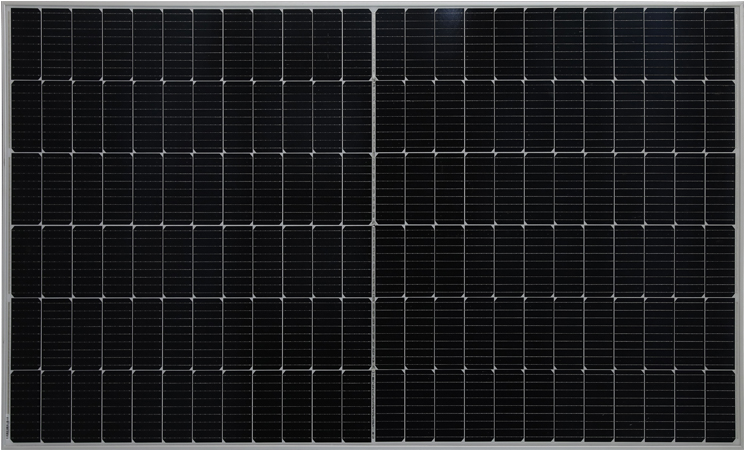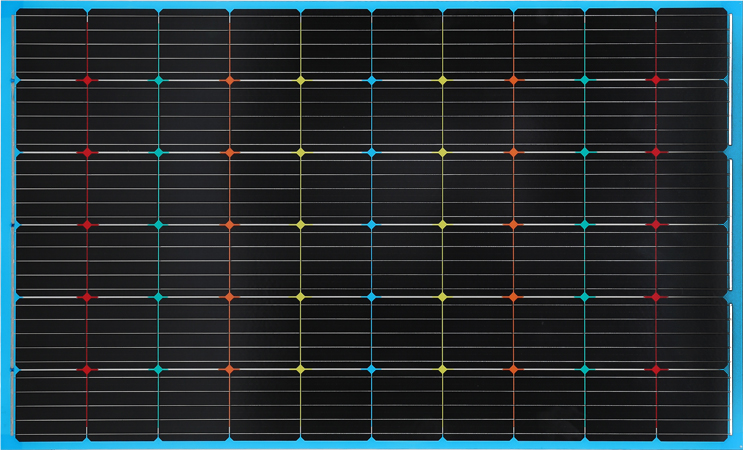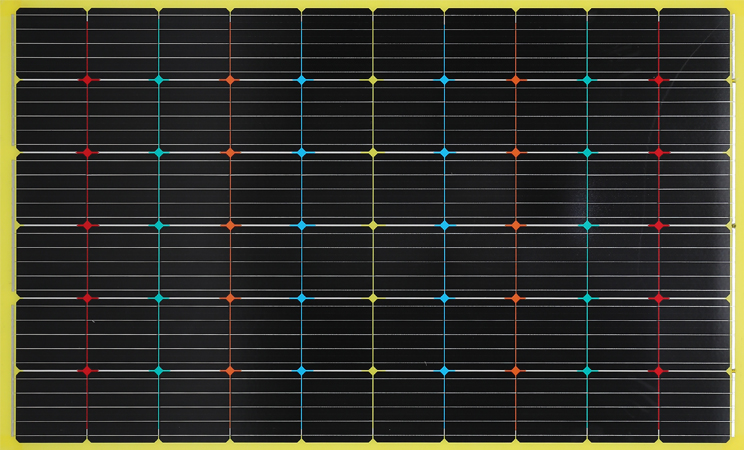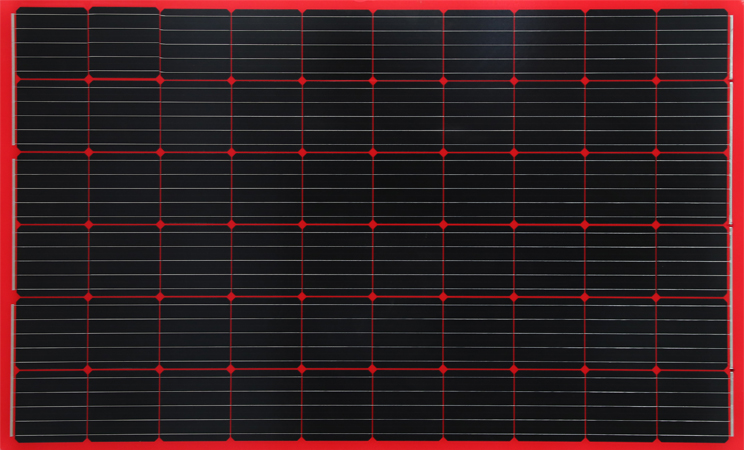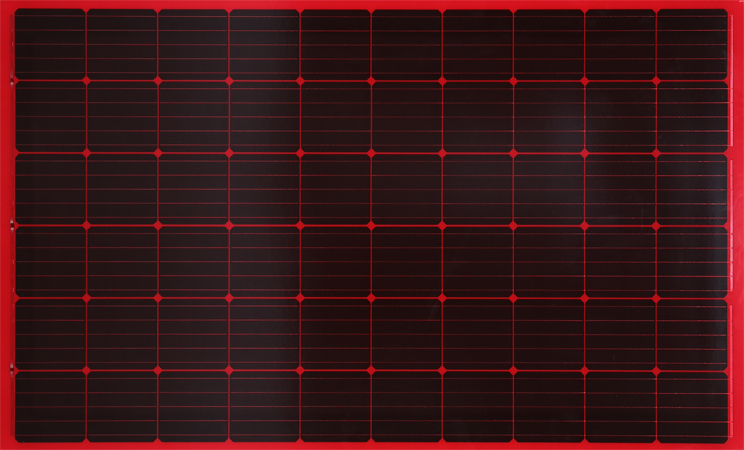Building-integrated photovoltaic (BIPV) solar panels are transforming the way we think about energy generation and sustainable building design. These innovative solar panels are designed to seamlessly blend with architectural elements, offering a dual-purpose solution that combines renewable energy generation with aesthetically pleasing building integration.
BIPV solar panels are specifically engineered to be integrated into the structure of buildings, replacing traditional building materials such as windows, facades, and roofs. This integration allows solar energy to be harnessed while maintaining the building's functionality and visual appeal. The panels are available in various forms, including transparent or translucent glass, tiles, and cladding, providing architects and designers with creative freedom in incorporating solar power into their projects.
One of the key advantages of BIPV solar panels is their ability to generate electricity while serving their primary architectural purpose. By harnessing solar energy directly from the building elements, BIPV panels contribute to reducing reliance on conventional energy sources and lowering carbon emissions. This renewable energy source promotes sustainable building practices and helps combat climate change.
Furthermore, BIPV solar panels offer design flexibility and versatility. Unlike traditional solar panels, which are often installed as separate units on rooftops or open spaces, BIPV panels seamlessly integrate into the building's structure. This allows architects to create visually appealing designs while maximizing the use of solar energy. From commercial buildings and residential homes to public infrastructure, BIPV panels provide a harmonious balance between aesthetics and functionality.
In addition to their architectural integration and design benefits, BIPV solar panels also offer improved efficiency and performance. Advances in solar technology have led to the development of more efficient photovoltaic materials, allowing BIPV panels to generate higher electricity yields. The panels can be customized to adapt to different orientations and angles, optimizing energy production based on the building's location and sun exposure.
BIPV solar panels also contribute to sustainable building practices by reducing the overall energy consumption of the structure. By generating electricity on-site, buildings can become more self-sufficient, potentially offsetting a significant portion of their energy needs. This can lead to reduced utility costs and a smaller carbon footprint.
The growing demand for sustainable and energy-efficient buildings has driven the increasing adoption of BIPV solar panels in construction projects worldwide. Governments, businesses, and individuals are recognizing the long-term benefits of integrating renewable energy sources into buildings. The integration of BIPV panels not only helps meet sustainability goals but also enhances property value and marketability.
As the technology continues to evolve, research and development efforts are focused on improving the efficiency, durability, and cost-effectiveness of BIPV solar panels. Continued advancements in materials and manufacturing processes are expected to further drive the adoption of BIPV panels in the construction industry.
In conclusion, BIPV solar panels are revolutionizing sustainable building design by seamlessly integrating renewable energy generation into architectural elements. Their ability to combine functionality, aesthetics, and energy efficiency makes them an ideal choice for environmentally conscious construction projects. With the potential to transform buildings into self-sustaining energy producers, BIPV solar panels are paving the way towards a greener and more sustainable future.


